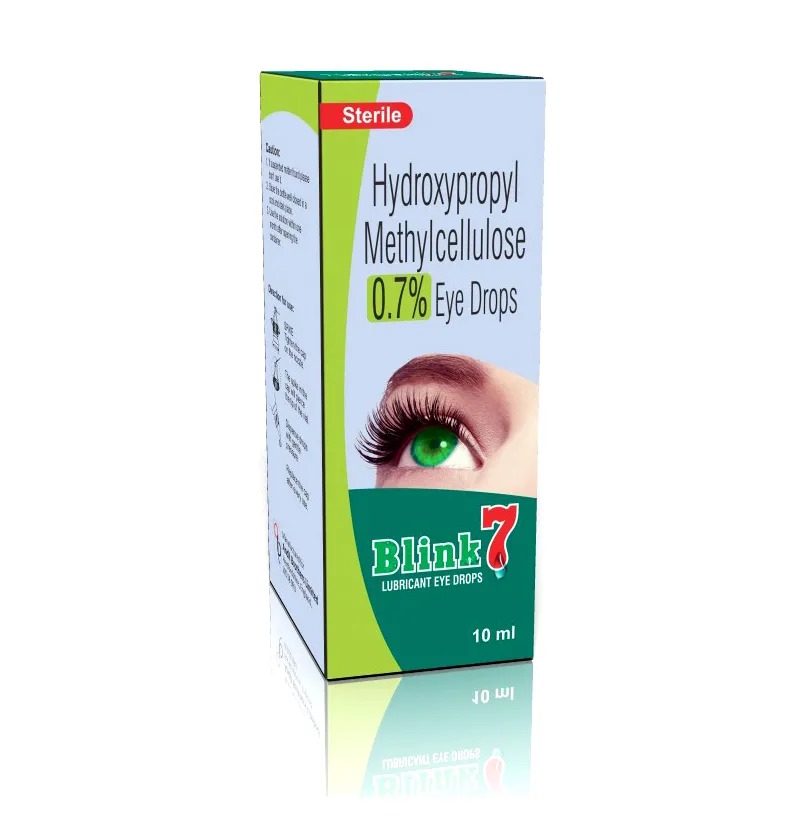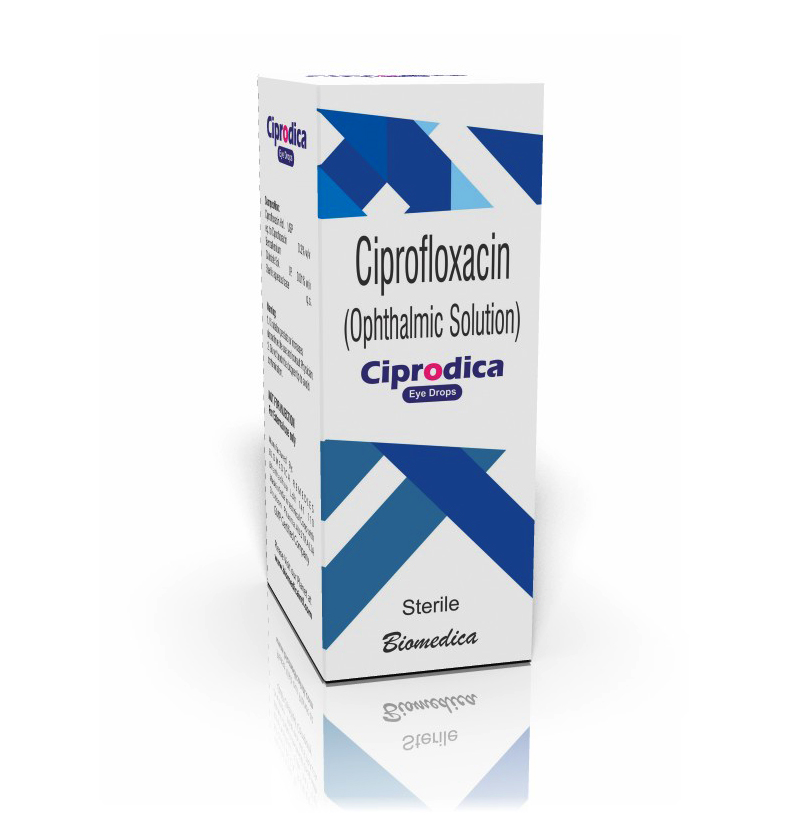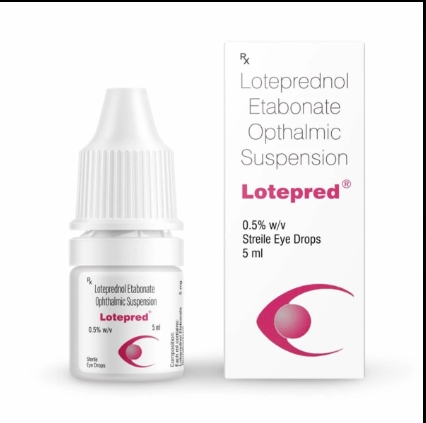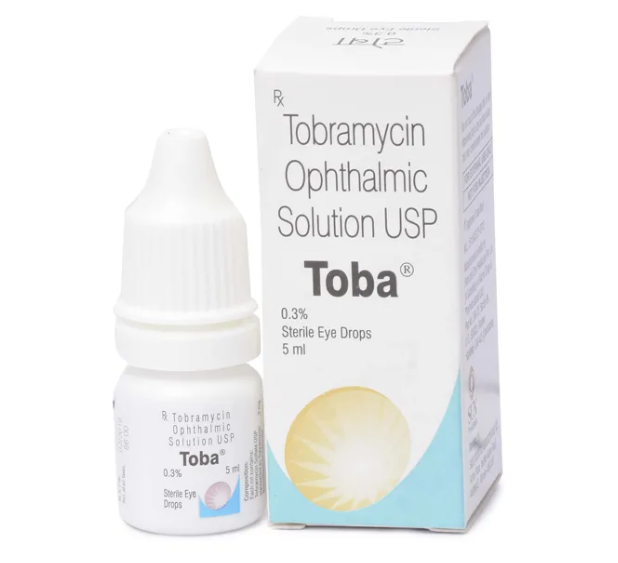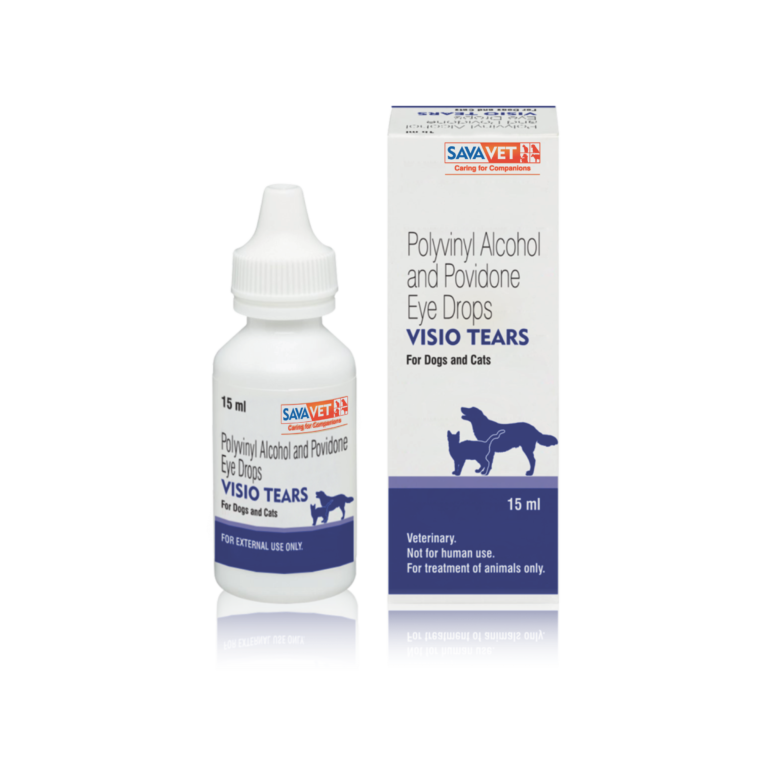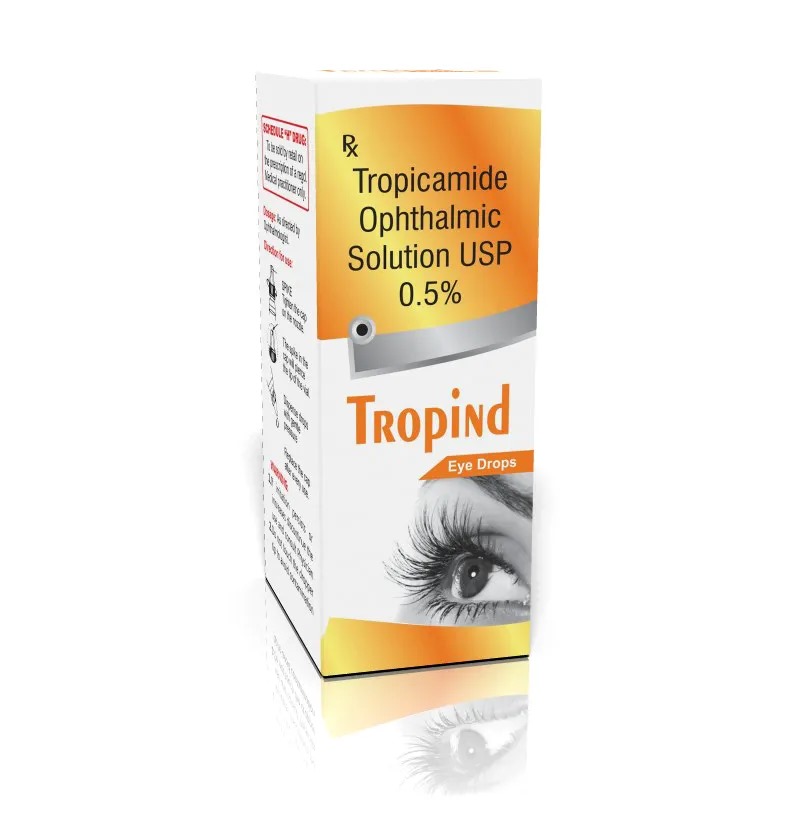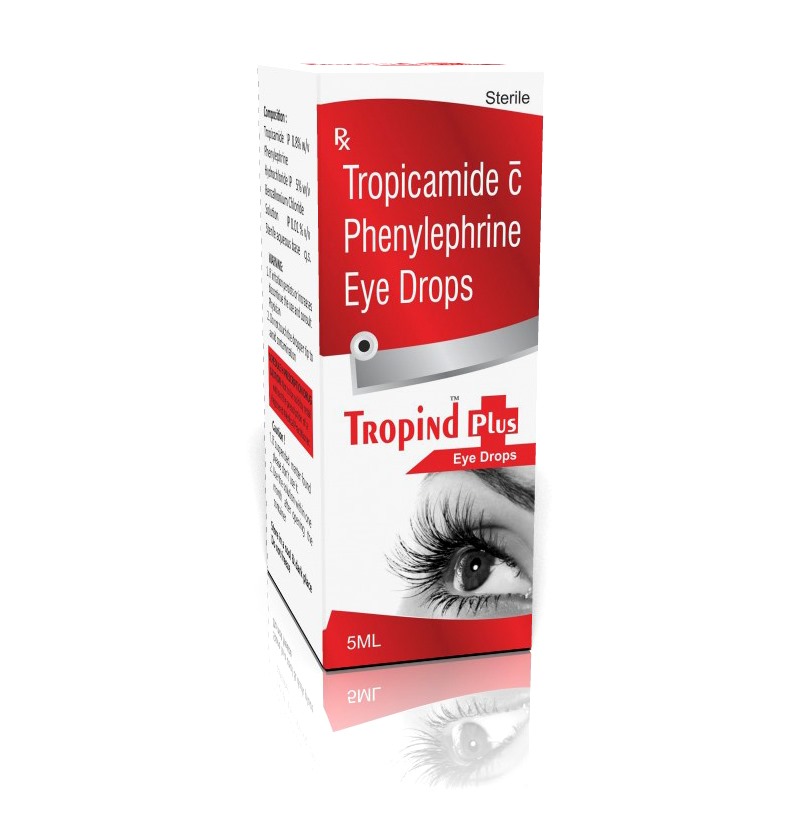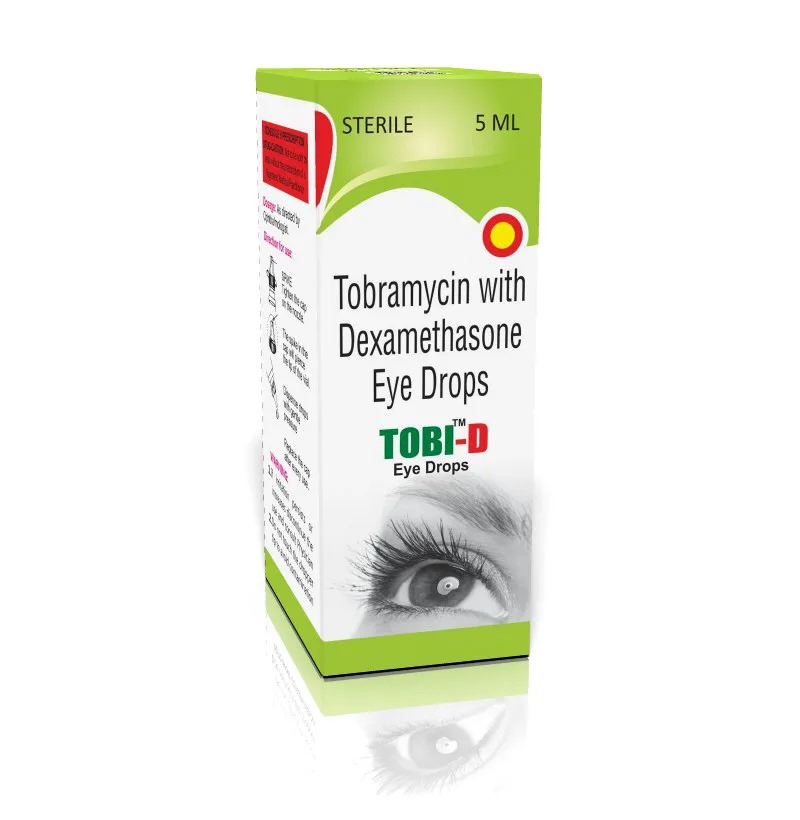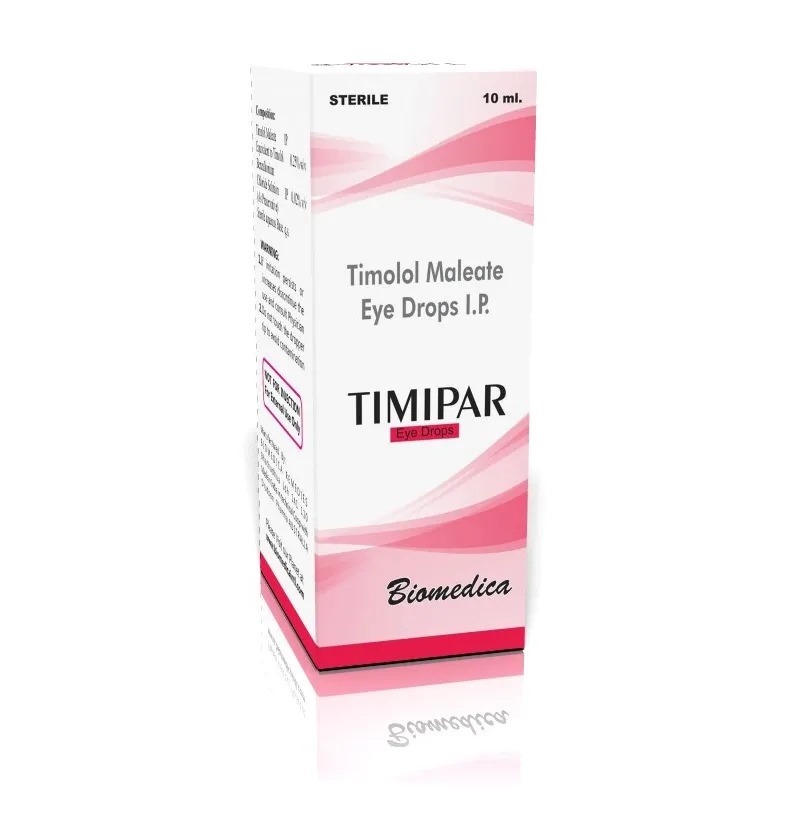Blink 7 EYE DROPS contains Hydroxypropyl methylcellulose, which belongs to the group of medicines called Demulcents. It is used to alleviate dry eye conditions by substituting tear fluid in affected individuals. It is also used to provide temporary relief from burning irritation from dryness of the eye. Blink 7 EYE DROPS is not recommended for use in patients allergic to hydroxypropyl methylcellulose. It is also not recommended for use if you are undergoing any surgery. Before administering Blink 7 EYE DROPS, inform your doctor if you wear contact lenses. Blink 7 EYE DROPS should be used with caution in pregnant and breastfeeding women. It should be used with caution in children and elderly patients. Consult your doctor before using. The most common side effects of administering Blink 7 EYE DROPS are eye irritation/redness, itchy eyes, blurred vision, and/or eye pain. Consult your doctor if any of these symptoms worsen. Uses Of Blink 7 EYE DROPS Alleviates dry eye conditions Provides temporary relief from burning sensation due to dryness of eye How Blink 7 EYE DROPS Works Blink 7 EYE DROPS is a hydrophilic polymer that works by crosslinking on the eye surface, resulting in increased tear clearance time and promoting eye lubrication, thus providing relief from symptoms associated with eye dryness in affected individuals. How to use Blink 7 EYE DROPS Use Blink 7 EYE DROPS as advised by your physician. It is for ophthalmic use only. Place the recommended number of gel drops inside the lower eyelid by squeezing the container. Do not use this product if its colour changes or becomes cloudy. Do not touch the container tip to avoid any contamination. Your doctor will decide the correct dose and duration for you depending upon your age, body weight, and disease condition. Side Effects Of Blink 7 EYE DROPS Common Eye irritation/redness Blurred vision Itchy eye Eye pain
Send Message